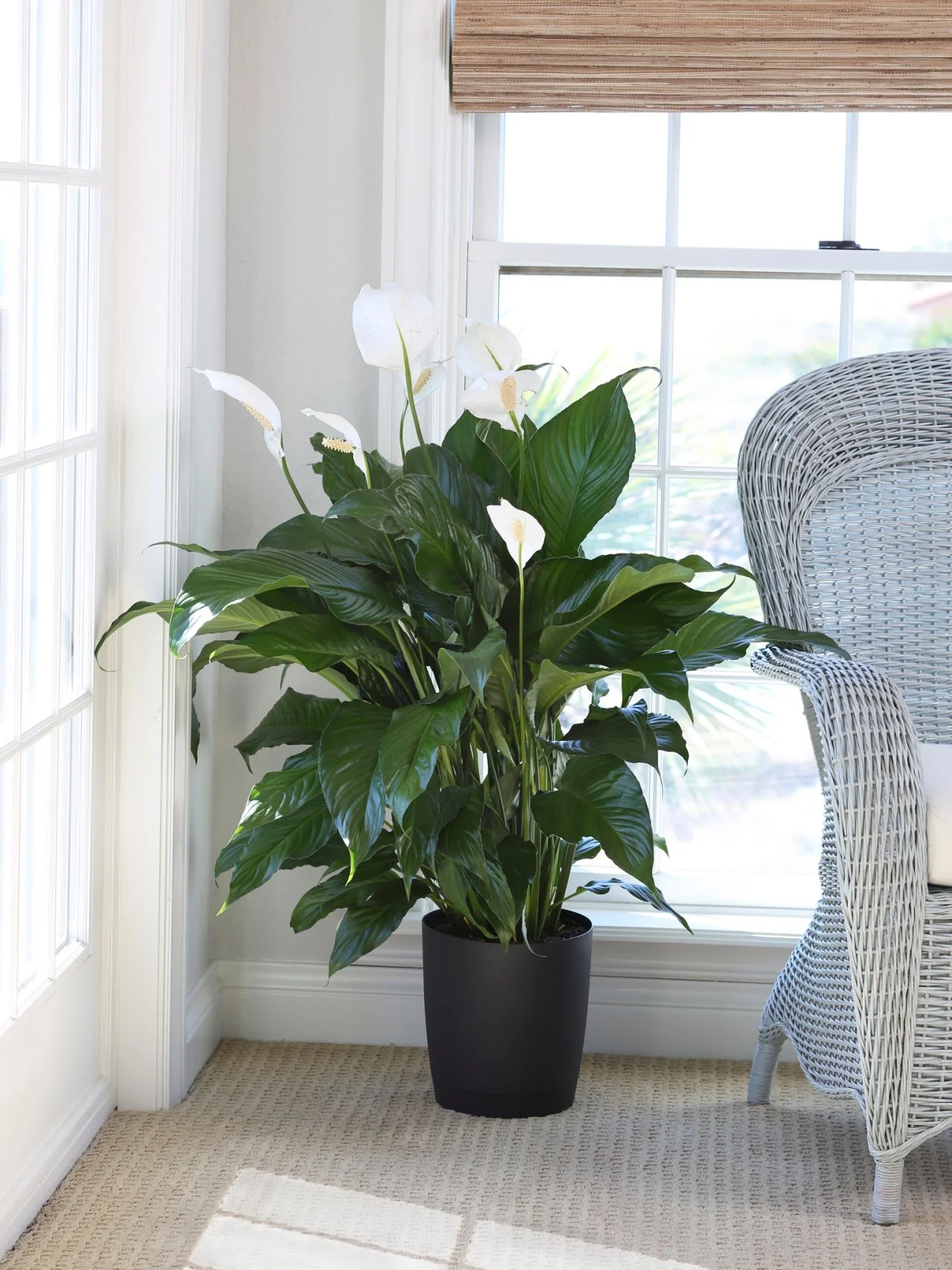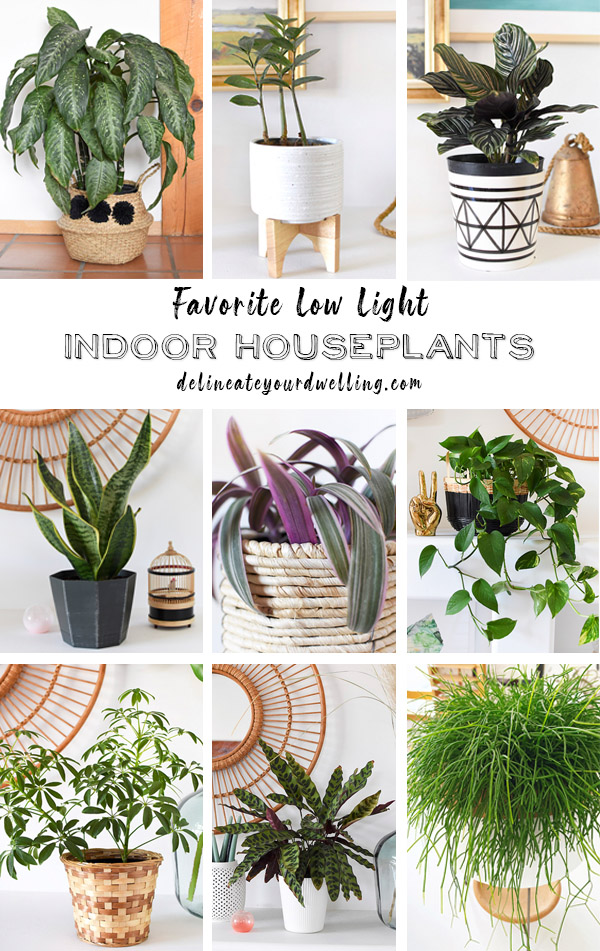Transform Your Living Space with the Best Low-Light Indoor Plants
Transform Your Living Space with the Best Low-Light Indoor Plants
Blog Article
Discover the most effective Low-Light Indoor Plants for Enhancing Your Home Decoration
Including low-light indoor plants into your home décor can considerably boost both looks and ambience, particularly in spaces that lack abundant natural light. Varieties such as the Snake Plant and ZZ Plant not just bring life to lower edges yet additionally add to improved air top quality and total wellness.

Why Select Low-Light Plants
Why choose low-light plants in your interior areas? The contemporary living atmosphere commonly presents difficulties such as minimal natural light, making it difficult for typical houseplants to thrive. Low-light plants are specifically adjusted to flourish and survive in these conditions, offering a practical service for people seeking to boost their indoor areas without the added stress and anxiety of preserving much more light-demanding plants.
Along with their strength, low-light plants contribute significantly to the visual appeals of a space. Their varied series of forms, colors, and sizes enables distinct interior layout opportunities, producing inviting and vibrant atmospheres. Interior plants are known for their air-purifying qualities, enhancing indoor air high quality by filtering toxins and releasing oxygen, which can improve general wellness.
Low-light plants additionally call for marginal maintenance, making them especially attracting busy people or those brand-new to horticulture. Their flexibility enables placement in different atmospheres, from workplace to dimly lit corners of the home. By picking low-light plants, you can delight in the advantages of plant without the constraints that commonly come with traditional gardening, ultimately cultivating a healthier and a lot more visually enticing interior setting.
Leading Low-Light Indoor Plants
For those seeking to boost their interior areas with greenery that grows in low-light problems, a number of plant options stand apart for their durability and aesthetic allure. The Serpent Plant (Sansevieria trifasciata) is a preferred selection, recognized for its upright, sword-like fallen leaves and capability to endure disregard. This durable plant can make it through in poorly lit locations while improving indoor air high quality.
Another superb choice is the Pothos (Epipremnum aureum), characterized by its heart-shaped leaves and routing creeping plants. When positioned on racks or hanging baskets., Pothos is not just adaptable to low light but likewise provides a striking aesthetic comparison.
The ZZ Plant (Zamioculcas zamiifolia) is similarly outstanding, flaunting glossy, dark green fallen leaves that can illuminate any kind of edge. Its drought resistance makes it ideal for busy homeowners.
Care Tips for Low-Light Plants
How can you ensure that your low-light interior plants prosper regardless of minimal sunshine? First, choose the appropriate potting mix that supplies excellent water drainage while retaining moisture. A well-aerated dirt, such as a mix of potting dirt and perlite, can assist protect against root rot.
Watering is crucial; low-light plants usually need much less regular watering compared to their sun-loving counterparts. Constantly examine the leading inch of the soil-- if it really feels dry, it's time to water. Be cautious of overwatering, as this can lead to fungal issues and origin degeneration.
Fertilizing low-light plants should be done moderately - Best low-light indoor plants. Use a well balanced, water-soluble fertilizer throughout the expanding season, however decrease or get rid of fertilization in the inactive months
Furthermore, dust can collect on fallen leaves, inhibiting photosynthesis. Carefully wipe the fallen leaves with a wet fabric to keep them clean.
Last but not least, observe your plants carefully. Indications of visit their website distress, such as yellowing leaves or leggy development, can show that your plant requires adjustments in treatment (Best low-light indoor plants). By adhering to these treatment ideas, your low-light interior plants can flourish, including appeal and vigor to your home
Imaginative Ways to Present Plants
Elevating the visual appeal of your interior space can be attained by thoughtfully presenting your low-light plants in innovative methods. Take into consideration utilizing vertical room to your benefit; wall-mounted shelves can display trailing plants like pothos or philodendron, adding lushness while conserving floor room. Alternatively, use plant stands of varying heights to produce aesthetic passion and depth, attracting the eye upward.
Hanging planters are an additional outstanding alternative, providing a dramatic impact when suspended from the ceiling or hooks. Macramé hangers can present texture and bohemian style, while modern-day ceramic wall mounts can match a minimalist aesthetic. For a much more innovative method, repurpose one-of-a-kind containers such as classic teacups or glass containers, which can include personality to your screen.
Organizing plants in clusters is also efficient; use differing pot dimensions and colors to produce a cohesive appearance. This method not only boosts visual effect yet likewise provides a natural habitat feeling - Best low-light indoor plants. Think about positioning plants near light resources like lights or home windows to enhance their growth check my source and display their vibrant foliage, therefore improving the general atmosphere of your interior atmosphere.
Benefits of Indoor Plant
Various studies have demonstrated that incorporating interior greenery into your home offers a wide variety of advantages, boosting both physical and mental well-being. One of the most considerable benefits of interior plants is their capability to improve air high quality. Plants soak up co2 and launch oxygen, creating a healthier atmosphere while additionally removing damaging contaminants, therefore promoting breathing wellness.
Additionally, the existence of greenery has been linked to lowered tension degrees. Study indicates that connecting with plants can lower cortisol levels, which are connected with stress. This soothing impact can bring about improved state of mind and raised productivity, making interior plants an optimal enhancement to work spaces.
Additionally, indoor plant can enhance cognitive feature. Studies recommend that settings improved with plants can lead to increased focus, creativity, and overall mental quality. The aesthetic appeal of interior plants additionally adds to an extra welcoming and pleasant setting, favorably affecting social communications and overall fulfillment within a room.
Final Thought

Incorporating low-light learn this here now interior plants into your home design can substantially boost both looks and atmosphere, particularly in rooms that lack bountiful all-natural light. Varieties such as the Snake Plant and ZZ Plant not just bring life to dim corners however additionally contribute to enhanced air quality and total health. Interior plants are known for their air-purifying qualities, improving indoor air high quality by launching and filtering system toxins oxygen, which can improve total health.
For those looking for to enhance their indoor areas with greenery that flourishes in low-light problems, numerous plant alternatives stand out for their strength and visual charm. These durable plants, such as the Snake Plant and ZZ Plant, flourish in dim conditions and need marginal upkeep, making them appropriate for different way of lives.
Report this page